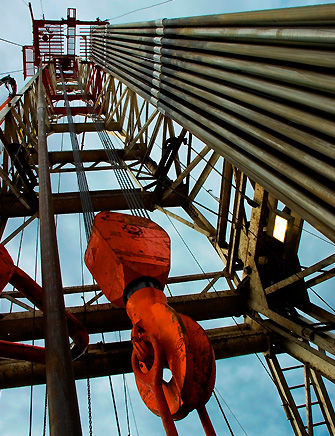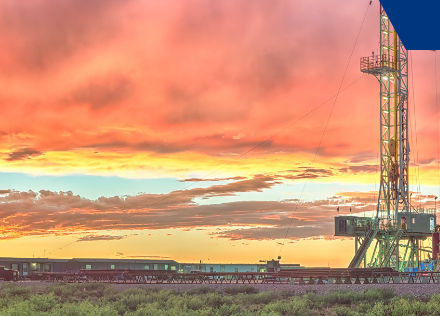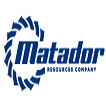
Matador Resources
Dallas, Texas, United States
Matador Resources
!
An independent energy company engaged in the exploration, development, production and acquisition of oil and natural gas resources in the United States.
About Matador Resources
Matador is an independent energy company engaged in the exploration, development, production and acquisition of oil and natural gas resources in the United States, with an emphasis on oil and natural gas shale and other unconventional plays. Its current operations are focused primarily on the oil and liquids-rich portion of the Wolfcamp and Bone Spring plays in the Delaware Basin in Southeast New Mexico and West Texas. Matador also operates in the Eagle Ford shale play in South Texas and the Haynesville shale and Cotton Valley plays in Northwest Louisiana.
Additionally, Matador conducts midstream operations in support of its exploration, development and production operations and provides natural gas processing, oil transportation services, natural gas, oil and produced water gathering services and produced water disposal services to third parties.
Description of Services
Business Strategies
Matador Resources Company’s business goal is to increase shareholder value by building oil and natural gas reserves, production and cash flows at an attractive return on invested capital. We plan to achieve our goal by, among other items, executing the following business strategies:
- Focus exploration and development activities primarily on unconventional plays. We have established a core acreage position in the Delaware Basin in Southeast New Mexico and West Texas, which we believe is prospective for the Wolfcamp, Bone Spring and other oil and liquids-rich targets. We also have established a core acreage position in the Eagle Ford shale play in South Texas. This acreage position provides us the flexibility to develop our Eagle Ford properties in a disciplined and economical manner in order to maximize the resource recovery from these assets.
- Identify, evaluate and develop additional oil and natural gas plays as necessary to maintain a balanced portfolio. In late 2010, we began to focus on oil and liquids-rich shale plays to create a more balanced portfolio of oil and natural gas producing properties. We believe our interests in the Wolfcamp and Bone Spring plays and the Eagle Ford shale play will enable us to maintain a more balanced commodity portfolio through the drilling of locations that are prospective for oil and liquids. We also have an established acreage position in the Haynesville shale play that is prospective for natural gas, with significant portion located in what we believe is the core area of the Haynesville play.
- Continue to improve operational and cost efficiencies. We focus on optimizing the development of our resource base by seeking ways to maximize our recovery per well relative to the cost incurred and to minimize our operating cost per BOE produced. We apply an analytical approach to track and monitor the effectiveness of our drilling and completion techniques and service providers.
- Maintain financial discipline. We seek to maintain a strong balance sheet and have conducted our drilling and completion operations since inception using both equity and debt capital contributions from our investors, revolving borrowings under our credit facility and cash flows from our operations.
- Pursue opportunistic acquisitions. We believe our management team’s familiarity with our key operating areas and its contacts with the operators and mineral owners in those regions enable us to identify high-return opportunities at attractive prices. We actively pursue opportunities to acquire unproved and unevaluated acreage, drilling prospects and low-cost producing properties within our core areas of operations where we have operational control and can enhance value and performance.
Heritage
Joseph Wm. Foran and Scott E. King founded Matador Resources Company in July 2003 with an initial $6.0 million equity investment. Soon after, investors contributed $46.8 million, bringing total initial capitalization to $52.8 million. Most of this initial capital was provided by the same institutional and individual investors who helped capitalize Mr. Foran’s previous company, Matador Petroleum Corporation.
Our roots trace back to 1983, when Mr. Foran began his career as an oil and natural gas independent. That year he founded Foran Oil Company with $270,000 in contributed capital from 17 friends and family members. Foran Oil Company was later contributed to Matador Petroleum Corporation upon its formation by Mr. Foran in 1988. Mr. Foran served as Chairman and Chief Executive Officer of that company from its inception until it was sold in June 2003 to Tom Brown, Inc., in an all cash transaction for an enterprise value of approximately $388.5 million.
On February 2, 2012, our common stock began trading on the New York Stock Exchange (the “NYSE”) under the symbol “MTDR.” Prior to trading on the NYSE, there was no established public trading market for our common stock.
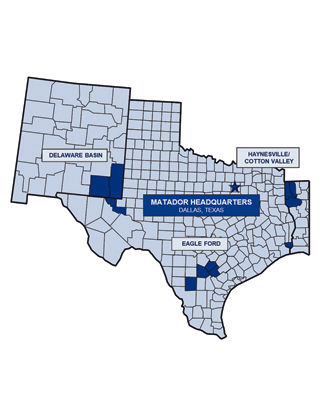
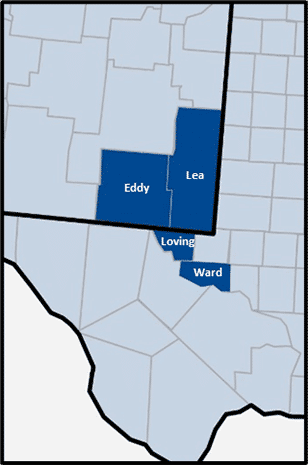
What we do
OPERATIONS:
Overview
Matador Resources Company’s focus is to create a risk balanced portfolio of exploration opportunities for oil and natural gas in unconventional resource plays, supplemented with exploration for more conventional targets. We concentrate our exploration efforts primarily on known hydrocarbon-producing areas with well-established production histories offering the potential for multiple-zone completions. Our current operations are focused primarily on the oil and liquids-rich portion of the Wolfcamp and Bone Spring plays in the Delaware Basin in Southeast New Mexico and West Texas. We also operate in the Eagle Ford shale play in South Texas and the Haynesville shale and Cotton Valley plays in Northwest Louisiana.
Our principal areas of operation consist of:
- Southeast New Mexico and West Texas – Delaware Basin
- South Texas – Eagle Ford shale and other formations
- Northwest Louisiana – Haynesville shale, Cotton Valley and and other formations
Southeast New Mexico and West Texas
DELAWARE BASIN
The greater Permian Basin in Southeast New Mexico and West Texas is a mature exploration and production region with extensive developments in a wide variety of petroleum systems resulting in stacked target horizons in many areas. Historically, the majority of development in this basin has focused on relatively conventional reservoir targets, but the combination of advanced formation evaluation, 3-D seismic technology, horizontal drilling and hydraulic fracturing technology is enhancing the development potential of this basin, particularly in the organic rich shales, or source rocks, of the Wolfcamp formation and in the low permeability sand and carbonate reservoirs of the Bone Spring, Avalon and Delaware formations.
In the western part of the Permian Basin, also known as the Delaware Basin, the Lower Permian age Bone Spring (also called the Leonardian) and Wolfcamp formations are several thousand feet thick and contain stacked layers of shales, sandstones, limestones and dolomites. These intervals represent a complex and dynamic submarine depositional system that also includes organic rich shales that are the source rocks for oil and natural gas produced in the basin. Historically, production has come from conventional reservoirs; however, we and other industry players have realized that the source rocks also have sufficient porosity and permeability to be commercial reservoirs. In addition, the source rocks are interbedded with reservoir layers that have filled with hydrocarbons, both of which can produce significant volumes of oil and natural gas when connected by horizontal wellbores with multi-stage hydraulic fracture treatments. Particularly in the Delaware Basin, there are multiple horizontal targets in a given area that exist within the several thousand feet of hydrocarbon bearing layers that make up the Bone Spring and Wolfcamp plays. Multiple horizontal drilling and completion targets are being identified and targeted by companies, including us, throughout the vertical section, including the Brushy Canyon, Avalon, Bone Spring (First, Second and Third Sand) and several intervals within the Wolfcamp shale, often identified as Wolfcamp A through D.
South Texas
EAGLE FORD SHALE AND OTHER FORMATIONS
The Eagle Ford shale extends across portions of South Texas from the Mexican border into East Texas forming a band roughly 50 to 100 miles wide and 400 miles long. The Eagle Ford is an organically rich calcareous shale and lies between the deeper Buda limestone and the shallower Austin Chalk formation. Along the entire length of the Eagle Ford trend, the structural dip of the formation is consistently down to the south with relatively few, modestly sized structural perturbations. As a result, depth of burial increases consistently southwards along with the thermal maturity of the formation. Where the Eagle Ford is shallow, it is less thermally mature and therefore more oil prone, and as it gets deeper and becomes more thermally mature, the Eagle Ford is more natural gas prone. The transition between being more oil prone and more natural gas prone includes an interval that typically produces liquids-rich natural gas with condensate.
Most of the current Eagle Ford shale activity is concentrated in Atascosa, Bee, DeWitt, Dimmit, Frio, Gonzales, Karnes, La Salle, Lavaca, Live Oak, Maverick, McMullen, Webb, Wilson and Zavala Counties in South Texas. The first horizontal wells drilled specifically for the Eagle Ford shale were drilled in 2008, leading to a discovery in La Salle County. Since then, the play has expanded significantly across a large portion of South Texas. We believe the majority of our Eagle Ford acreage is prospective predominantly for oil or liquids-rich natural gas with condensate. In addition, we believe portions of this acreage may also be prospective for other targets, such as the Austin Chalk, Buda, Edwards and Pearsall formations, from which we would expect to produce predominantly oil and liquids.
Northwest Louisiana
HAYNESVILLE SHALE, COTTON VALLEY AND OTHER FORMATIONS
The Haynesville shale is an organically rich, overpressured marine shale found below the Cotton Valley and Bossier formations and above the Smackover formation at depths ranging from 10,500 to 13,500 feet across a broad region throughout Northwest Louisiana, including principally Bossier, Caddo, DeSoto and Red River Parishes in Louisiana. The Haynesville shale produces primarily dry natural gas with almost no associated liquids. The Bossier shale is overpressured and is often divided into lower, middle and upper units. The Cotton Valley formation is a low permeability natural gas sand that ranges in thickness from 200 to 300 feet and has porosity ranging from 6% to 10%.
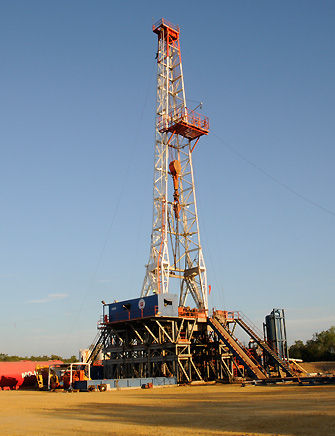
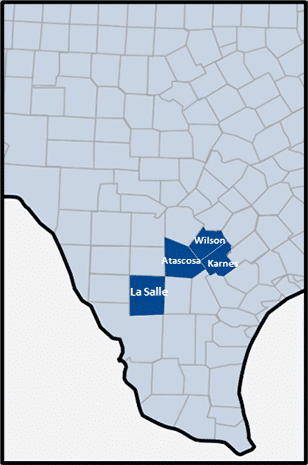
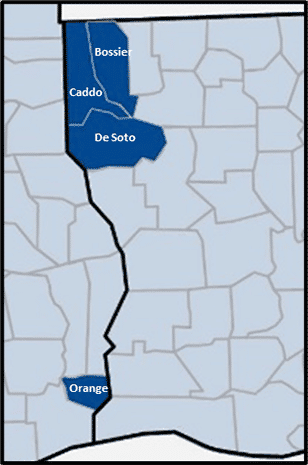
Life at Matador Resources
Sustainability
Matador is committed to increasing the value of its shares in a responsible manner.
For more than 40 years working in the oilfields as independent oil and natural gas exploration, production and midstream companies, Matador and its predecessor have always aimed to reliably and profitably provide the energy that society needs in a manner that is safe, protects the environment and is consistent with the industry’s best practices and the highest applicable regulatory and legal standards.
We are pleased to provide this report to highlight Matador’s ongoing ESG-related initiatives and to provide interested parties with a standardized platform for evaluating our recent performance and future progress.
